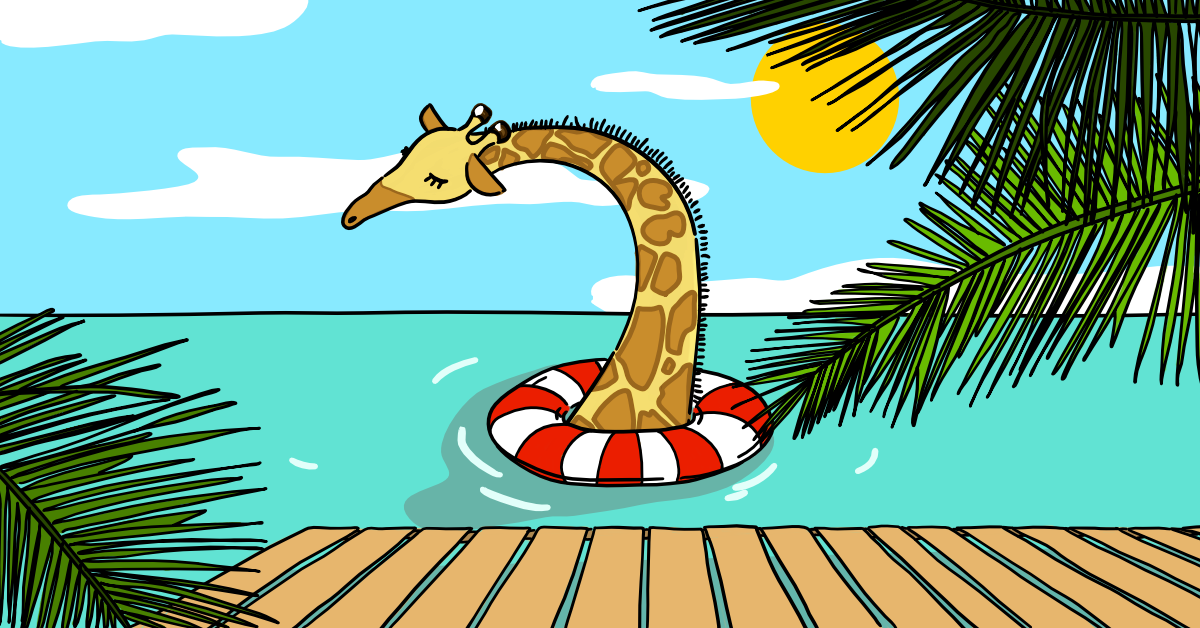Earth, Art, Saints, Monks, Life
What Lies Beneath
Robert Macfarlane | Guardian | 24th April 2019
Natural historian explores the science and superstition of Earth’s hidden depths. "Look up on a cloudless night and you might see the light from a star trillions of miles away, or pick out the craters left by asteroid strikes on the Moon’s face. Look down and your sight stops at topsoil, tarmac, toe. The underland’s impenetrability to vision, and its obstructiveness to entry, have long made it a means of alluding to what cannot easily be seen or said: trauma, memory, grief, death, suffering, the afterlife" (4,530 words)
The Unknowable Artist
Cody Delistraty | Paris Review | 22nd April 2019
Notes on the short life and violent death of Belgian artist Stéphane Mandelbaum, whose work — in style a mixture of Bacon and Basquiat — “jumped between Japanese images of octopuses performing cunnilingus and faux-fawning depictions of Nazis”. He fancied himself a criminal, he was also a fantasist, so it is hard to say how real his criminal activities were, but they were enough to get him murdered at the age of 25. He was shot, defaced, and dumped in a Namur landfill after trying to sell a fake Modigliani (1,750 words)
Margaret The Dragon Slayer
Mary Wellesley | LRB | 23rd April 2019
When swallowed by a dragon in her prison cell, the fifth-century Saint Margaret of Antioch triumphed by breaking open the dragon’s belly. “In depictions of the scene, she has a face of beatific calm, standing in the wreckage of the dragon’s body.” Later beheaded, now largely forgotten, she was revered in the Middle Ages as the patron saint of childbirth. “It seems a strange kind of patronage. Which part of the story of her bursting from the dragon’s belly were expectant mothers supposed to identify with?” (640 words)
Advice From Medieval Monks
Jamie Kreiner | Aeon | 24th April 2019
How medieval monks were taught to focus on their work. “Their tech was obviously different from ours. But their anxiety about distraction was not. They complained about being overloaded with information. They learned how to form cartoonish cognitive figures to help sharpen mnemonic and meditative skills. The mind loves stimuli such as colour, gore, sex, violence, noise and wild gesticulations. The challenge was to accept its delights and preferences, in order to take advantage of them” (1,300 words)
The Flame Of Conviction
Anthony Burgess | TLS | 24th April 2019
Prolific writer explains how he went about a critical biography of D.H Lawrence. “It seemed to me that my book would end up as 200 pages of typescript; that it would break down into 18 chapters; that the first would be about Lawrence and myself, the last about Lawrence’s reputation and his significance to the modern world. In between there would be the business of dealing with his work in something like chronological order, and of relating this work to his life. It was not an easy undertaking” (1,400 words)
Video: Spoorbrug Lingedijk. You probably already know how to build a railway bridge in 72 hours. In case not, here’s how it’s done in Holland (1m 02s)
Audio: Shane Bauer | Library Talks. Starts slowly, but hang in as the connections build between Bauer’s work under cover as a US prison guard, and his earlier time as a prisoner in Iran (45m 08s)
Afterthought:
“Imagination and fiction make up three quarters of our real life”
— Simone Weil
